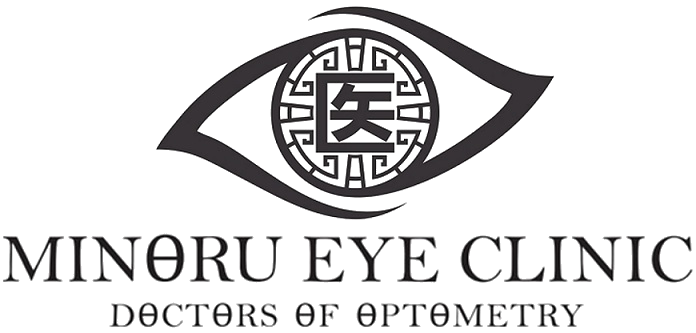Eye Disease Management
We at Minoru Eye Care bring you the latest technology to diagnosis and co-manage many eye diseases. With ocular coherence tomography, we can detect the smallest changes in your eye health. Ocular coherence tomography (OCT) is a high resolution, non-invasive, cross-sectional imaging technology. OCT allow us to check the layers of the retina (the tissue at the back of the eye that allows us to see) for any irregularities. We can use the OCT to check for changes from diabetes, macular degeneration, glaucoma, etc.

Normal Retina

Normal Macula OCT

Glaucoma
Only 50% of people with glaucoma know that they have it – in other words, 1 out of 2 people with glaucoma have not been diagnosed. Glaucoma is an eye disease that leads to painless, irreversible, progressive vision loss. Glaucoma first affects the side vision, before giving you tunnel vision, then making you go blind. There are multiple risk factors for glaucoma, including age, eye pressure, appearance of optic nerve, etc.
The first clinically detectable change in glaucoma is changes to the optic nerve or the nerve fibres, monitored through OCT. This means that you can’t “feel” that you have glaucoma. The only way to know if you have glaucoma or not is to have regular eye exams. Don’t wait until it’s too late.
Macular Degeneration
Macular degeneration is the leading cause of blindness and low vision in the developed world. Caucasian women who are older are more likely to get macular degeneration (AMD). Smokers are also 2.5-3 times more likely to develop AMD. In AMD, the retina is not working properly and waste starts to develop and may begin to affect the vision
There are 2 kinds of AMD: dry and wet. Dry AMD rarely reduced to legal blindness, however can lead to more trouble with near activities. Wet AMD can lead to severe vision loss and is a result of bleeding under the retina. Usually, dry AMD comes before wet AMD. It is important to monitor frequently during the dry stage to monitor for any advancement into the wet stage, so regular check-ups are a must.


Diabetic Retinopathy
Just as diabetes can affect your feet and your internal organs, it can also affect your eyes. Changes in the eye include earlier cataracts and retinal problems. A vast majority of people with diabetes have type 2 diabetes. It is recommended that those found to have Type 2 diabetes should get an eye exam at the time of diagnosis and every year thereafter.
Changes in the eye due to diabetes is termed diabetic retinopathy. The longer you’ve had diabetes, the more likely there will be changes in your eyes. The risk for retinopathy is about 24% if you’ve had diabetes for less than 5 years but increases to about 53% if more than 18 years.
An OCT can help to check for any leakage from the blood vessels in your eye. An early diagnosis means earlier treatment!

